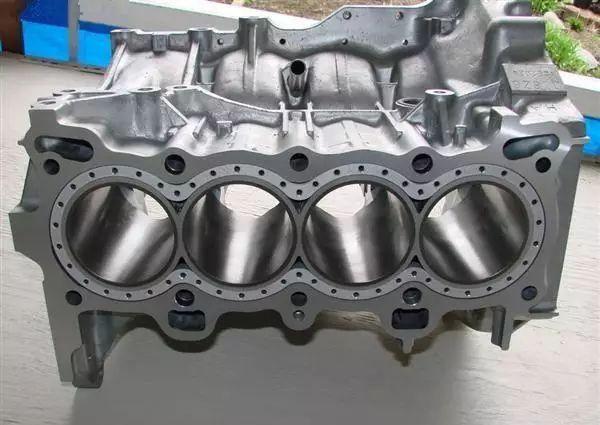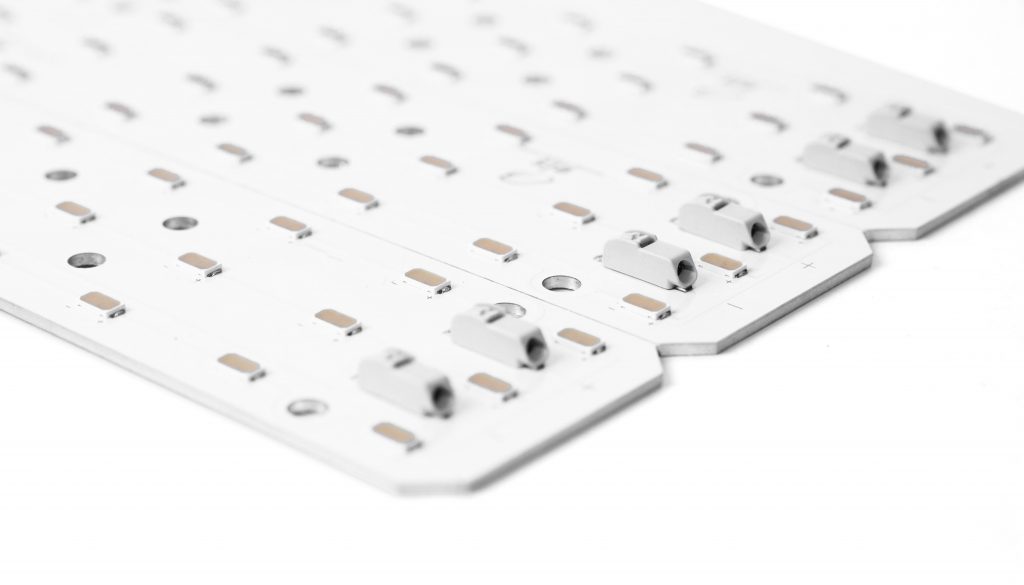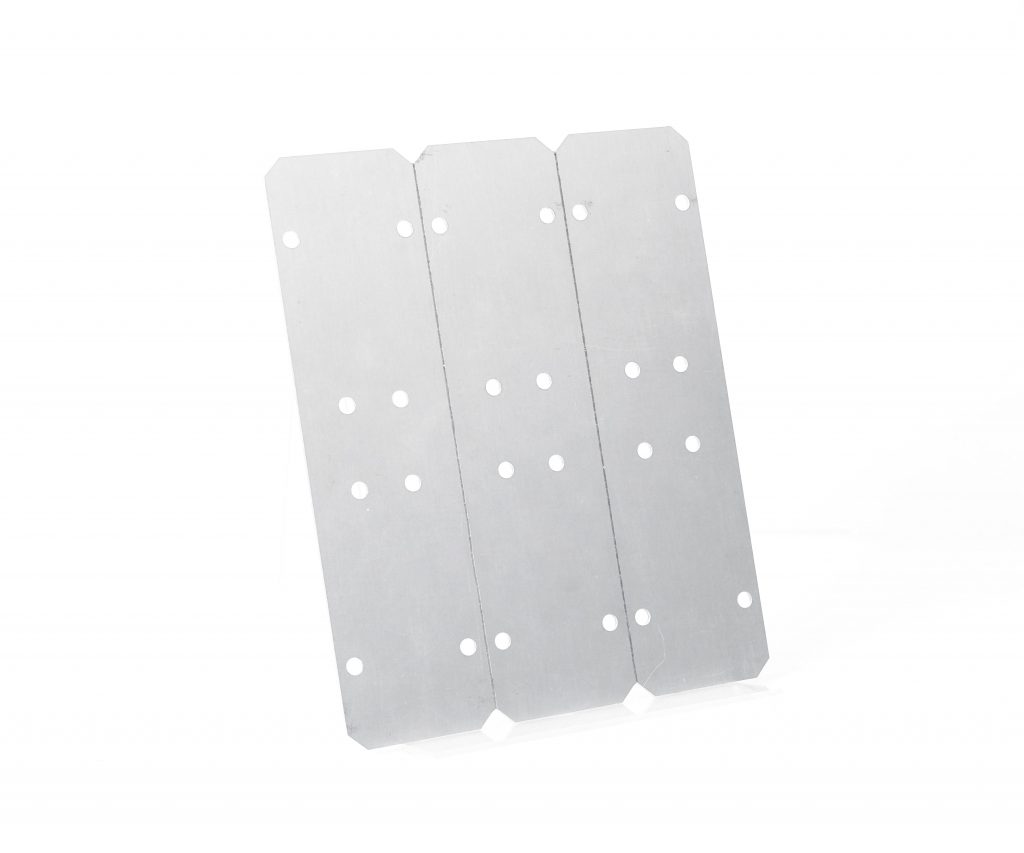Aluminum is ubiquitous in all kinds of materials in daily life. The thermal conductivity of aluminum plays a very critical role in the wide application of aluminum materials. Whether it is to help electronic devices dissipate heat or to play the advantages of thermal conduction in fields such as automobiles and buildings, the thermal conductivity of aluminum must be considered.
How good is aluminum at conducting heat?
Aluminum has relatively good thermal conductivity, but its thermal conductivity is not as good as copper. The thermal conductivity of aluminum is about 237 W/m·K, while the thermal conductivity of copper is about 385 W/m·K, which means that under the same conditions, copper can transfer heat more efficiently.

The reason why aluminum has good thermal conductivity is that its thermal conductivity is high, and aluminum has a high specific heat capacity. Specific heat capacity refers to the amount of heat that needs to be absorbed or released by a unit mass of a substance to increase or decrease the temperature by 1K. Aluminum’s high specific heat capacity makes it more efficient in absorbing and releasing heat, which is crucial for applications that need to dissipate heat quickly.
What is thermal conductivity?
Thermal conductivity is a physical quantity that represents the ability of a material to conduct heat. The higher the thermal conductivity, the less heat is lost within the material. Thermal conductivity is defined as the amount of heat directly conducted through a material per unit cross-section and length per unit temperature difference and per unit time, and is expressed in Watts per meter Kelvin (W/m-K).
What is the thermal heat conductivity of aluminium?
The thermal conductivity of aluminium is 237W/mK. Thermal conductivity (k) is a measure of the ability of heat to flow through a material.
Thermal conductivity (k) is a measure of the ability of a material to conduct heat, and represents the amount of heat flow through a unit area per unit temperature gradient per unit time. Aluminium, as a common metal material, has a high thermal conductivity and is suitable for applications that require good thermal conductivity.

What is the thermal conductivity of aluminium at high temperatures?
The thermal conductivity of aluminium changes as the temperature increases. Generally speaking, as a metal gets hotter, its thermal conductivity decreases slightly. For aluminium, the thermal conductivity decreases as the temperature increases, but it still retains significant thermal conductivity.
As temperatures approach 500°C, the thermal conductivity of aluminum drops to about 160 W/m·K. This drop occurs because increasing temperatures cause increased atomic vibrations within the metal, which interferes with the flow of heat. Despite this drop in thermal conductivity, aluminum still performs well in high-temperature applications, such as engines or high-performance electronics.
What is the weight constant of aluminum?
The weight constant of aluminum is 2.7 g/cm³. Aluminum is a metallic element with a silvery-white appearance and is a lightweight metal.
The density of aluminum can also be expressed as 2.7×10³ kg/m³, which means that there are 2.7×10³ kg per cubic meter of aluminum. 34 In addition, the density of aluminum can also be expressed as 2700 kg/m³, which is another common unit conversion method.
What is the K value of aluminum?
The “K” value is a shorthand term that is often used to refer to the thermal conductivity of a material. The thermal conductivity K value of aluminum is 237 W/mK. Aluminum is a common metal material with a thermal conductivity of 237W/mK in the solid state.

Thermal conductivity (thermal conductivity coefficient) is a physical property of a material that indicates the ability of heat to be conducted through a unit area and temperature gradient in a unit time. The greater the thermal conductivity, the better the thermal conductivity of the material. Aluminum, as an excellent thermal conductive material, is widely used in many applications.
What would a high value of K mean thermal conductivity?
A high K value means that the thermal conductivity of the material is high, that is, the material has a strong ability to conduct heat. Thermal conductivity (K value) is an important parameter to measure the rate and ability of a material to conduct heat. Materials with high K values can conduct heat more efficiently and have better thermal conductivity.

Specifically, thermal conductivity (K value) is defined as the amount of heat directly conducted by a material of unit cross-section and length under unit temperature difference and unit time. The metric unit is watt/meter Kelvin (W/m·K). If the K value of a material is 1, it means that when the temperature difference between the opposite surfaces is 1 degree, 1 cubic meter of the material will conduct heat at a rate of 1 watt.
Materials with high K values have significant advantages in thermal management. First, they can quickly transfer heat from the heat source to the heat sink, effectively reducing the operating temperature of electronic components, extending the life of the device, and improving system reliability. Second, materials with high K values can significantly reduce the thermal resistance between thermal interfaces and improve the efficiency of heat transfer, especially for high power density devices. Finally, in harsh working environments, materials with high K values can significantly enhance thermal management capabilities, prevent local overheating, and ensure stable system operation.
Is a higher or lower k value better?
Generally speaking, for applications that require effective conduction or heat dissipation, the higher the K value, the better. If the material has a higher K value, it can transfer heat away from hot spots faster, helping to prevent overheating.
In the electronics industry, components can get very hot, so people use materials with high thermal conductivity to make heat sinks. These materials can draw heat away from delicate parts, helping to prevent component damage or failure.
However, in some cases, the lower the thermal conductivity, the better. In insulating materials, you want a lower K value so that heat can’t pass through easily. In these cases, materials such as plastic or fiberglass, which have much lower thermal conductivity than aluminum, are preferred.
Conclusion:
With the continuous advancement of science and technology, the understanding and application of aluminum’s thermal conductivity will continue to expand and deepen. New processing technologies may further optimize aluminum’s thermal conductivity, allowing it to play a unique role in more emerging fields, such as new energy development and high-speed rail transportation.
Tags: PCB, pcb design









